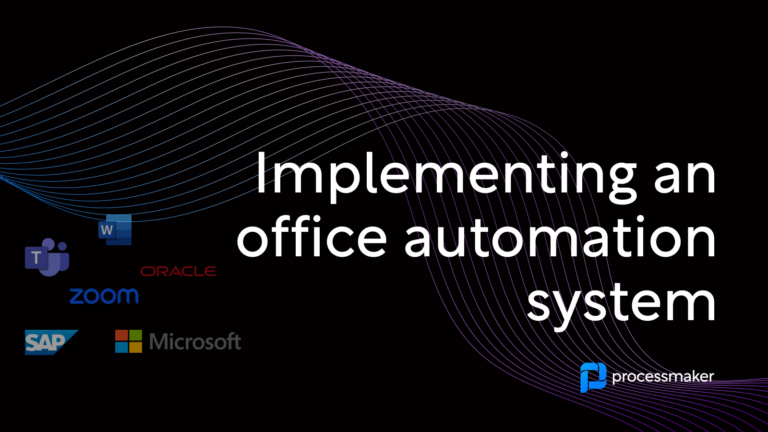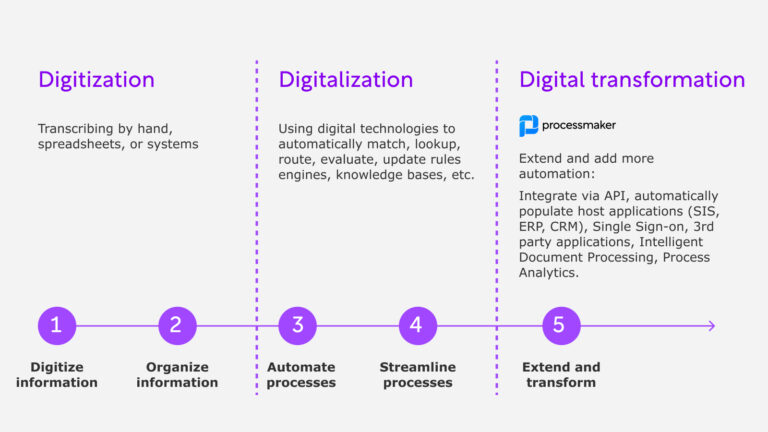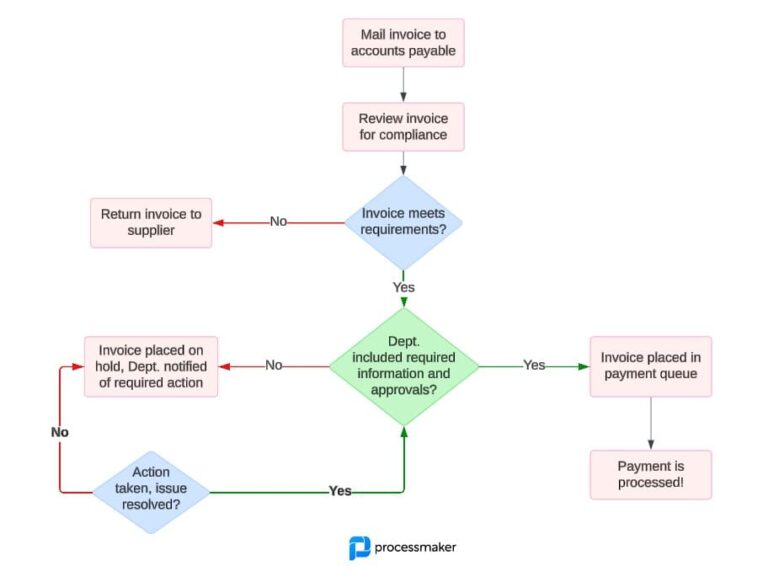Automation solutions empower organizations to replace inefficient manual processes. Among the more time-consuming and costly of these are approval processes. These include tasks that are common across industries like invoicing and purchase orders, as well as any organization specific approval process.
Not only are these approval process workflows inefficient but they carry extensive hidden costs. In this blog post we will explore some of the costs of manual approval processes in more detail. We will then look at important elements of an automated process workflow, how to create them, and provide some tips for choosing approval process software.
The true (and hidden) costs of a manual approval process
The true costs of manual approval processes consist of three different types of expenses: direct, indirect, and hidden. Direct expenses are hard costs like office supplies (i.e., pens, toner), shipping costs, and even storage costs for securing voluminous records. Indirect expenses are the intangible expenses of the approval process. These include things like administrative support for stuffing envelops and data entry.
And then there are the hidden costs of an approval process. For instance, it is not uncommon for customers to pay manual invoices late or for purchase orders to be held up for days or weeks at a time absent a supervisor’s approval. In the meantime, organizations can experience cashflow issues and be unable to pay other bills. Or a project can be held up because accounting could not get an approval to pay a vendor.
Many organizations lack an understanding of the true costs of their approval processes. The reason being that it can be difficult to nail down even the hard costs. For example, consider an office worker that performs multiple tasks. To calculate the costs, we would need to know the percentage of his or her time that is spent on a specific approval process.
We can get a general idea of the average costs of specific approval processes by looking at some statistics. Consider that:
- According to data from the APQC, the median accounts payable cost per invoice processed is $7.75, a number skewed significantly by the top performing organizations. The bottom performers spend an average of $12.44 per invoice processed.
- According to data from the Center for Advanced Procurement Strategy (CAPS), the average cost per purchase order ranges between $50 and $1,000 depending on the industry and vertical.
Looking at these figures, it is easy to see how inefficient manual processes eat away at an organization’s bottom line. Fortunately, by automating approval processes, organizations can significantly reduce their costs.
Important elements
Every organization has its own unique needs and challenges. There are several core components of an automated approval process:
- Submissions. The approval process starts with some form of request or submission (i.e., a purchase order).
- Approval routing. Decide who is responsible for signing off on the request and that submissions are automatically routed to them.
- Permissions. Assign levels of authority for each user and decide who can edit or approve submissions.
- Due dates and notifications. Deadlines for approval should be set and notifications/reminders automatically sent to increase the efficiency of a workflow.
- Records and logs. Through automation organizations can maintain records of the approval process, improving transparency and compliance through an audit trail.
How to design an approval process
The first step in designing an approval process is to fully map out the process. Business process mapping is used to create visual depictions of a specific process, detail responsibilities for specific tasks, and include guidance on how progress can be measured.
Note that for approval process workflows there are typically only two endpoints: approval or rejection. Yet there are typically many steps that must be completed to get to from point A to point B. List out and include each step in your map between submission and approval or rejection. Identify the stakeholders and their responsibilities. Specify the stakeholder with authority to approve each step.
Consider whether automated approvals or rejections are permissible should a submission fall within defined parameters. Decisions that require human interaction must have clear pathways. For example, purchase requests under a certain amount may only need approval from a section manager. For requests over that specified amount, you could automatically route the request to another supervisor or department.
Finally, consider how your approval process fits with other processes. In other words, how is a request carried out once it receives approval? Business process management (BPM) software makes it easy to see the big picture and for organizations to optimize all their processes.
Automating the approval process with workflow software
The most efficient way to design, test, and implement an approval process is with workflow software. To get the most out of your approval process software, ensure that it offers the following functionality:
- Customization. Designing a process requires defined and repeatable steps. Your software should have an intuitive design that makes it easy to create an unlimited number of steps.
- Testing. Before deploying your approval process workflow, your software should allow you to validate the process to identity broken pathways or never-ending logic loops.
- Approval-based routing. Route requests to the appropriate stakeholder.
- Templates. Templates make it easy to create workflows for specific use cases without having to start from scratch.
- E-mail approval. Allows stakeholders to render quick decisions to expedite the approval process.
- E-mail notifications. Notifies stakeholders of a new request or approval/denial of a submission to enable immediate action.
- Record-keeping. Creates an audit trail by maintaining detailed records of approval requests.
ProcessMaker is low-code workflow software that allows you to create approval processes using one of the many built-in customizable templates or entirely from scratch. Organizations located all over the world have used ProcessMaker’s software to improve the efficiency of their approval processes while significantly reducing costs.





